Cross Writing – What Is It and How Do You Read It?
I’ve come across a number of articles recently that talk about the younger generation and how they can’t read cursive writing since it is no longer taught at school, and as a result they are going to find reading historical documents very hard. I would say that is a very valid point, though I’m not sure what the answer to that is.
But it got me thinking that if they find straight cursive writing hard to read, what would they think of cross writing?
In case you’re not familiar with the term cross writing (also sometimes called crossed letters), this was a common practice back in the 1800s where you would write a letter – using not only the front and back of the paper, but also by turning the paper sideways, and continue to write. It was a way to save paper and postage costs.
The Wikipedia entry states …
A crossed letter is a manuscript letter which contains two separate sets of writing, one written over the other at right-angles. This was done during the early days of the postal system in the 19th century to save on expensive postage charges, as well as to save paper. The technique is also called cross-hatching.
The letter below is one that my family is fortunate to have, and is written by Samuel Randell (one of William Beavis Randell’s sons) to one of his sisters. Born in England, but having spent most of his life growing up in South Australia, Samuel was about 20 years old when he ventured back to the other side of the world, and found himself in Devon, England. While I don’t specifically know why he went back, based on the letter it sounds like it could be to further his education.
I’m not going include the transcript of the letter for you here, as this post isn’t about the content of the letter, but rather the style. It was really just to give you an introduction as to what Cross Writing was, and how it looks … AND how to read it.
Have you seen any cross written letters in your family ephemera?

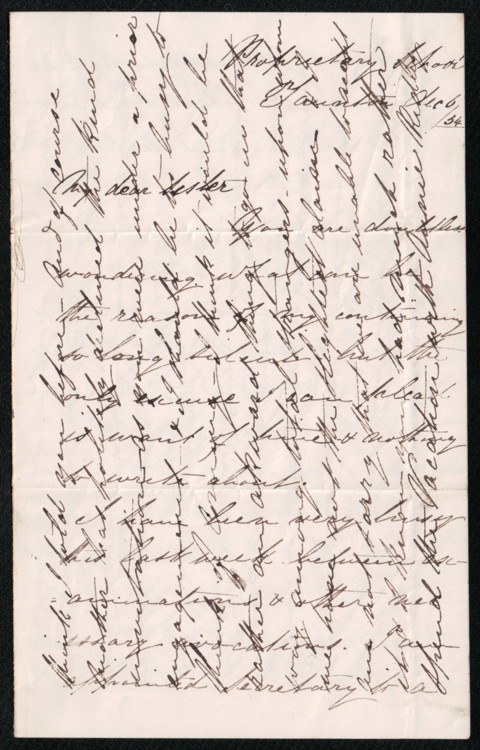
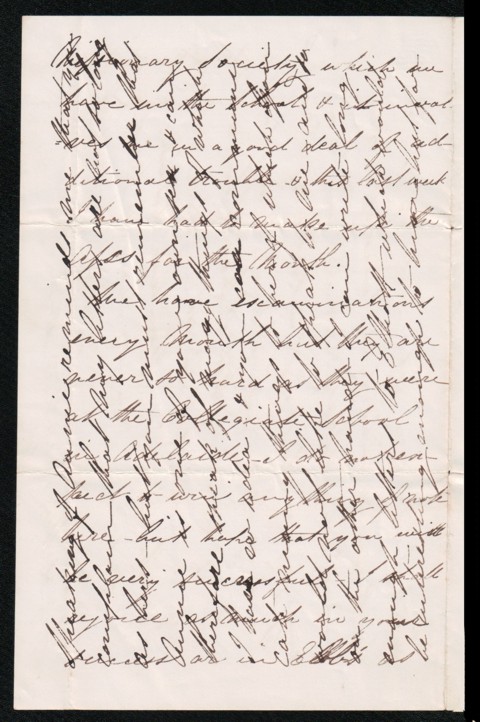
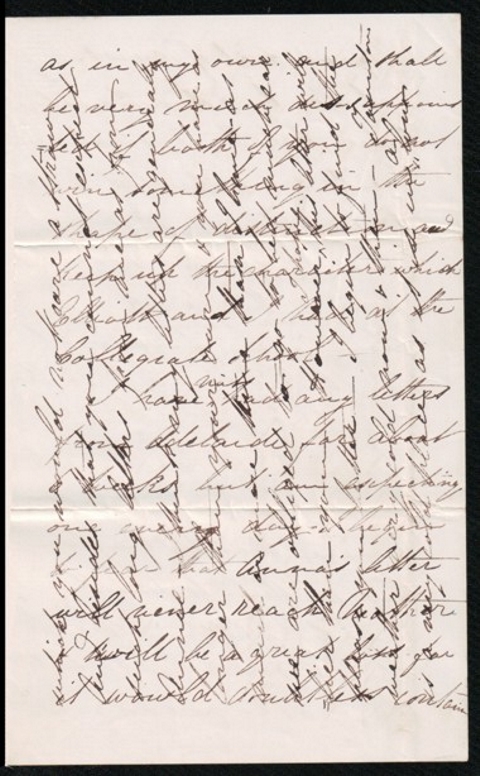
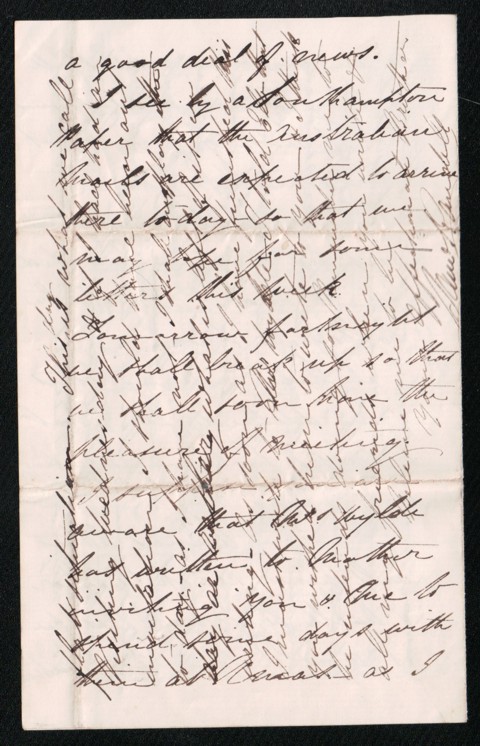
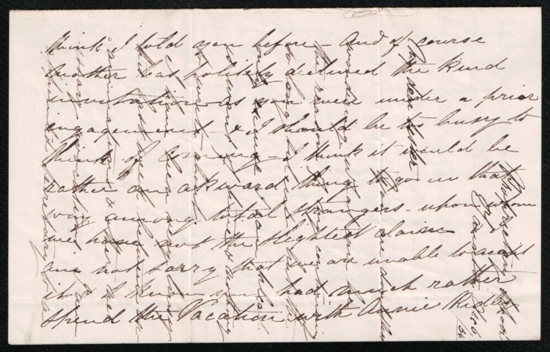
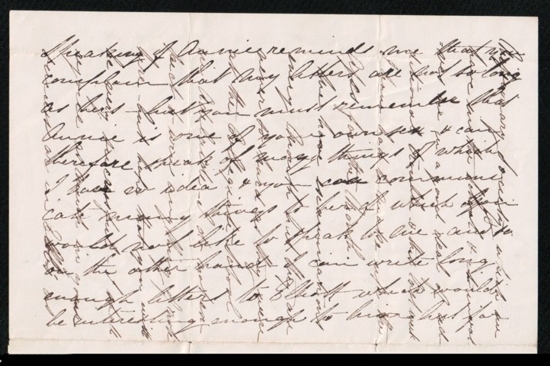
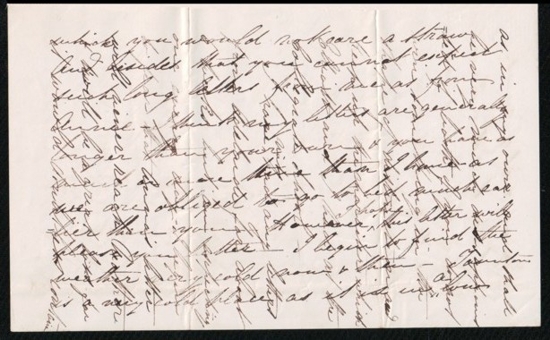
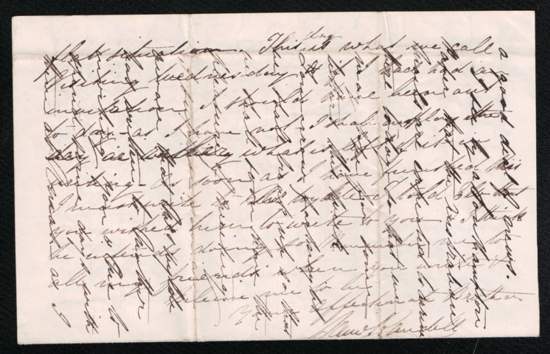




William Beavis Randell returned to England for an extended visit with his wife, two Australian-born children and Samuel who was born in England and came to South Australia in 1837 at the age of 3. He was the only one of the 8 English-born children in the family to return. It is understood that he was to study medicine, but in fact he married while in England and returned to Australia. The Randell connections were mainly in Devon, but Taunton was not far away in the adjoining county.
That’s really, really difficult to read. Sadly I don’t have one in my stuff. But very interesting to see such a good example.
You haven’t said how to READ your crossed letter!
You read it like you would a normal letter … line by line, down the page, then based on what they’re writing, try and work out where they went on to the next page or direction, and read that down the page. And another tip for reading it is, having it scanned and enlarged does make it a lot easier to read.